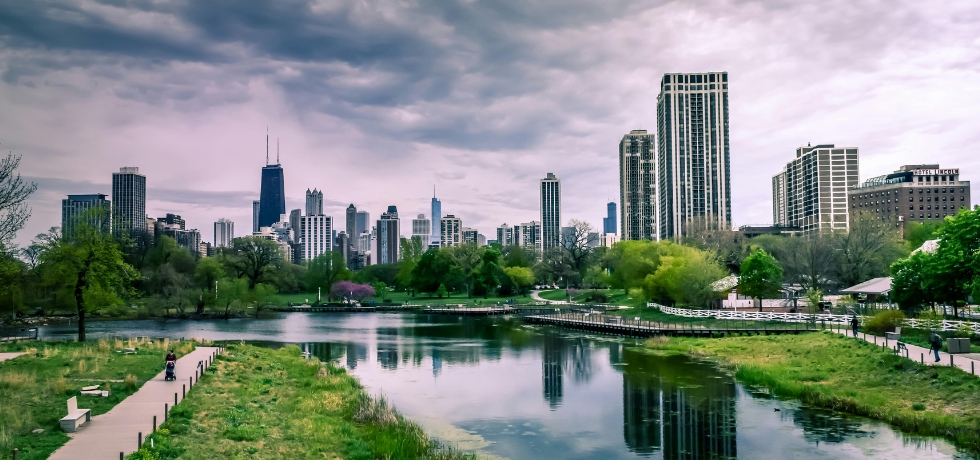- Jijo George
- 745
Sustainability
Heat-Resilient Cities: How Passive Cooling is Replacing the AC Arms Race

Image Courtesy: Pexels
Climate crisis is accelerating and cities are heating up. Urban areas experience what’s known as the urban heat island effect, where dense infrastructure and minimal vegetation trap heat, causing temperatures to spike well above those in surrounding rural areas. This isn’t a minor discomfort—it’s a public health emergency. According to the World Health Organization, heatwaves have killed tens of thousands globally in the past decade. In response, many cities have leaned on the crutch of widespread air conditioning (AC). But that solution is creating a dangerous feedback loop.
Air conditioners consume massive amounts of electricity—often generated by fossil fuels—contributing to the very climate change that intensifies heatwaves. In fact, global energy demand for cooling could triple by 2050, according to the International Energy Agency. This “AC arms race” is not only unsustainable but inequitable, as vulnerable communities are often left without adequate cooling access. The emerging counter-narrative? Passive cooling—designing cities and buildings to manage heat naturally without heavy energy inputs.
The Science of Passive Cooling
Passive cooling uses natural processes—such as airflow, shade, thermal mass, and evaporation—to regulate indoor temperatures. These strategies date back thousands of years. Ancient Persians used windcatchers (badgirs) to funnel cool air through homes, while Spanish and Middle Eastern courtyards leveraged shade and water to reduce temperatures.
Today’s architects and city planners are reengineering these age-old strategies using modern materials and data. Cool roofs, made of reflective coatings or white surfaces, bounce sunlight back into the atmosphere, reducing roof temperatures by up to 50°F (10°C). Green roofs and vertical gardens add insulation while promoting evapotranspiration—a natural cooling effect from plant life. High-albedo pavements, permeable surfaces, and urban forestry help cool entire neighborhoods by reducing heat absorption and increasing shade.
Case Studies: Cities Taking the Lead
-
Ahmedabad, India implemented a Heat Action Plan that includes whitewashed rooftops and shaded transit stops in low-income neighborhoods.
-
Los Angeles has piloted reflective street coatings, reporting surface temperature drops of up to 12°F.
-
Barcelona’s “Superblocks” limit traffic and increase green space, which cools the city while improving air quality and walkability.
These are not isolated innovations; they reflect a shift toward urban climate resilience that aligns with both sustainability and equity.
Beyond Technology: Policy and Equity
The success of passive cooling depends not just on technology, but on inclusive policy. Cities must revise building codes to encourage orientation-based design, mandate green space, and incentivize heat-reflective materials. Equally crucial is ensuring that low-income neighborhoods—often the hardest hit by heat—receive funding and support for retrofitting homes and public spaces. Moreover, public awareness campaigns are vital.
Also read: Drone Reforestation: Scaling Forest Recovery with Autonomous Tech
In Short
In a warming world, air conditioning alone is not the answer. It’s an energy-intensive patch on a systemic problem. Passive cooling offers a smarter, sustainable path forward—one rooted in design, equity, and ancient wisdom. As more cities embrace this shift, the focus must stay on building not just cooler buildings, but resilient communities that thrive under pressure, instead of succumbing to it.
Tags:
Climate ChangeGreen TechnologyAuthor - Jijo George
Jijo is an enthusiastic fresh voice in the blogging world, passionate about exploring and sharing insights on a variety of topics ranging from business to tech. He brings a unique perspective that blends academic knowledge with a curious and open-minded approach to life.
Popular Post





